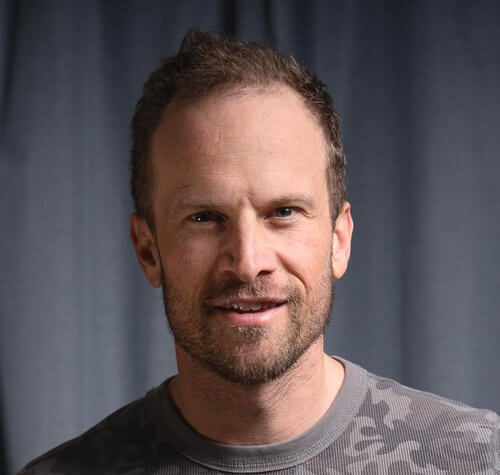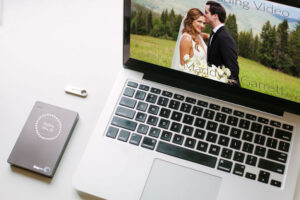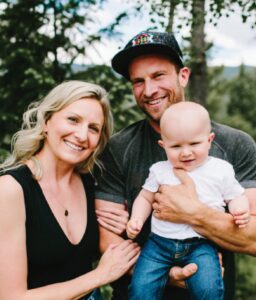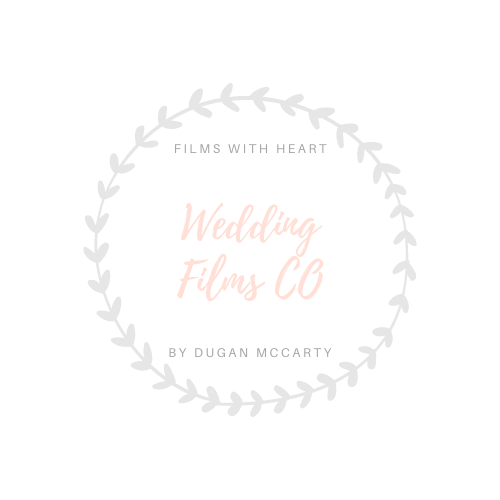Wedding Film vs. Wedding Video: Understanding the Cinematic Difference
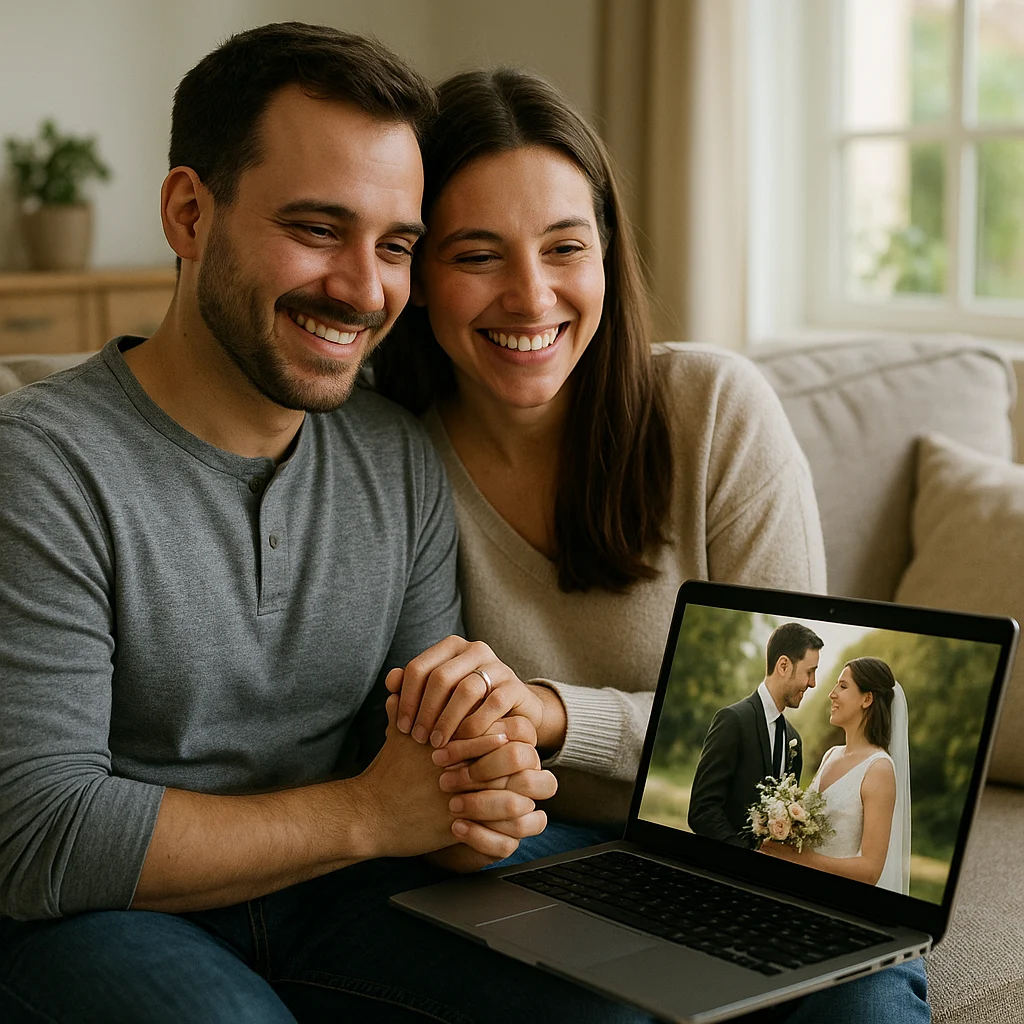
Introduction
When you’re planning your wedding, you’ll likely encounter two different terms when searching for someone to capture your big day on video: “wedding videographer” and “wedding filmmaker.” While these terms might seem interchangeable, they actually represent two distinct approaches to documenting your celebration.
The world of wedding videography has undergone a remarkable transformation over the past decade. What was once simply a matter of documenting the day’s events has evolved into a sophisticated art form focused on storytelling, emotion, and cinematic quality. This evolution represents more than just technological advancement—it reflects a fundamental shift in how couples want their wedding memories preserved.
[INSERT IMAGE: Split screen showing traditional wedding video on one side (more documentary style) and cinematic film approach on the other (more artistic and film-like)]
Understanding the difference between a traditional wedding video and a cinematic wedding film isn’t just about semantics. This knowledge empowers you to make choices that align with your vision, expectations, and investment priorities. As you’ll discover, the approach you select will significantly impact the look, feel, and emotional resonance of the final product you’ll treasure for decades to come.
Let’s explore these differences to help you determine which approach aligns best with your wedding day vision and your long-term memory-keeping goals.
Traditional Wedding Videos: What to Expect
When wedding videography first emerged, it followed a straightforward documentary approach. Traditional wedding videos focus primarily on capturing the day’s events in chronological order, creating a comprehensive record of your celebration from beginning to end.
Characteristics of Standard Documentary-Style Coverage
Traditional wedding videos typically prioritize comprehensiveness over artistic interpretation. The videographer’s primary goal is to record every key moment of your day as it unfolds, with minimal interference or direction. Think of this approach as creating a detailed visual record that captures:
- The complete ceremony from start to finish
- Full-length speeches and toasts
- Major reception events like cake cutting and first dances
- Extended footage of guest interactions
The emphasis is on documentation rather than artistic interpretation. The videographer adopts a “fly on the wall” approach, capturing events as they naturally unfold with minimal staging or direction.
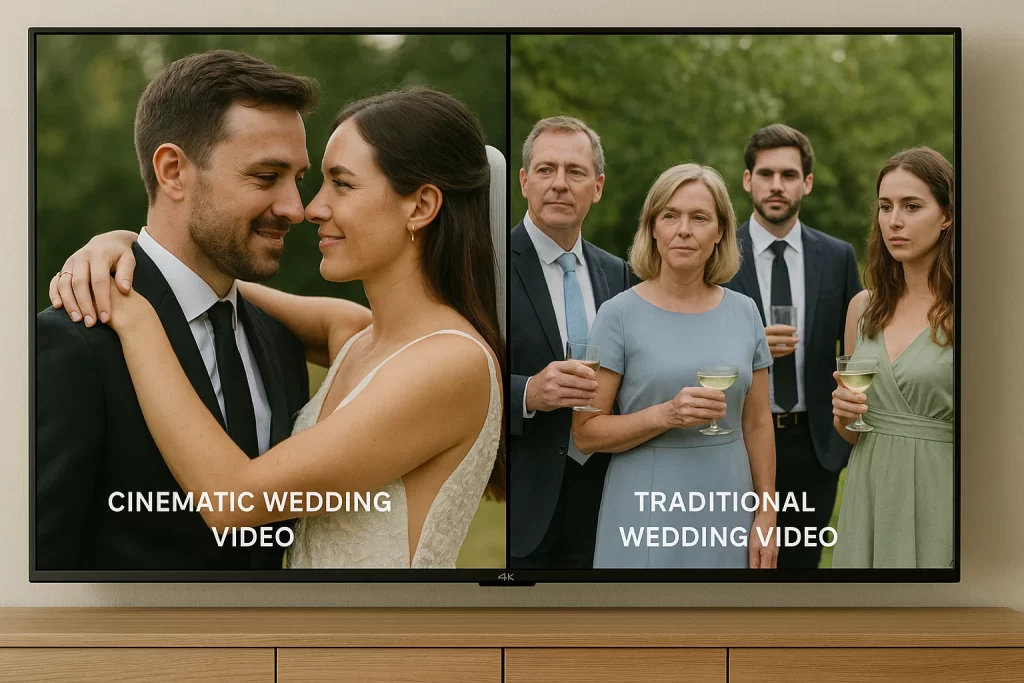
The Focus on Chronological Documentation
One of the defining characteristics of traditional wedding videos is their chronological structure. The final product typically follows the actual timeline of your wedding day, beginning with preparation and ending with your departure from the reception.
This straightforward approach provides a complete record of events in the order they occurred. For couples who primarily want a comprehensive documentation of their day, this can be exactly what they’re looking for—a detailed video record that captures every significant moment.
Typical Length and Format of Traditional Videos
Traditional wedding videos tend to be longer in duration—often ranging from 1-3 hours—as they include extended coverage of ceremonies, speeches, and reception events. The format typically includes:
- Minimal editing between scenes
- Longer continuous shots
- Basic transitions between segments
- Straightforward title cards and simple graphics
- Standard color correction rather than artistic color grading
This approach results in a comprehensive documentation that serves as a complete record of your day, prioritizing thoroughness over artistic interpretation or narrative storytelling.
Cinematic Wedding Films: The Artistic Approach
In contrast to traditional videography, cinematic wedding filmmaking approaches your wedding day as a unique story waiting to be told. Rather than simply documenting events chronologically, a wedding filmmaker crafts a narrative that captures the emotion and significance of your celebration.
How Storytelling Techniques Create Emotional Impact
Wedding filmmakers draw inspiration from cinema, using storytelling techniques to create an emotional journey for viewers. This approach goes beyond simply recording what happened—it conveys how your wedding day felt.
Key storytelling elements include:
- Thoughtfully selected moments that advance your unique narrative
- Creative sequencing that builds emotional momentum
- Careful pacing that creates anticipation and resolution
- Meaningful audio elements paired with visual storytelling
- Artistic transitions that connect different parts of your day
The result is a film that evokes the emotions of your wedding day each time you watch it, rather than simply showing what happened.
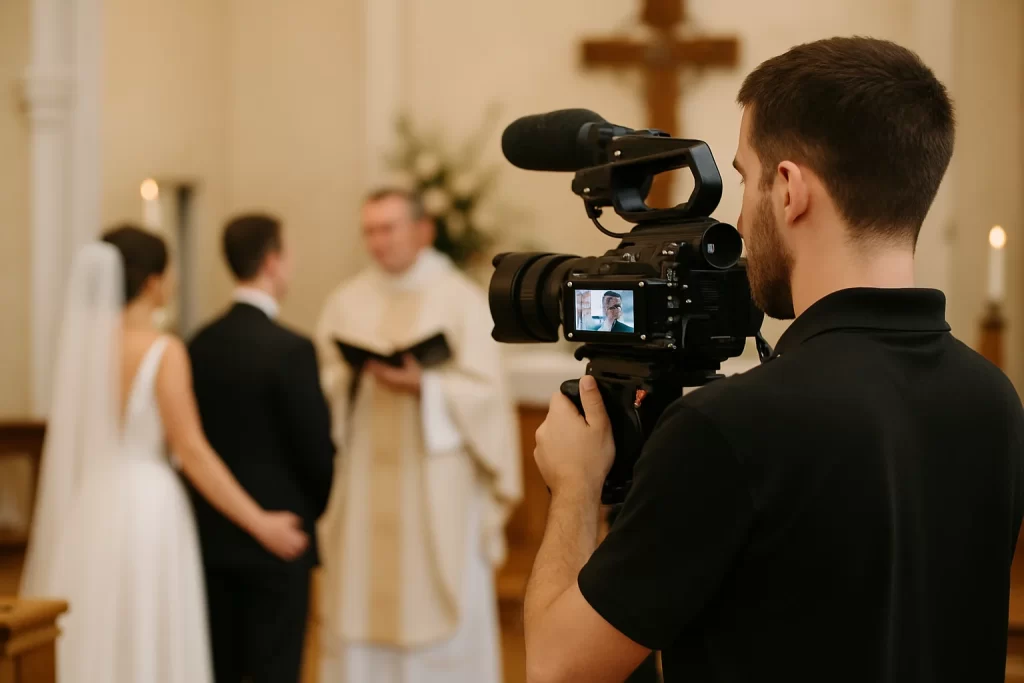
Creative Editing Styles and Their Effect on the Final Product
Cinematic wedding films employ sophisticated editing techniques that transform raw footage into a cohesive artistic statement. These techniques might include:
- Montage sequences that compress time while maintaining emotional impact
- Parallel editing that shows simultaneous events (like both partners getting ready)
- Creative transitions that flow seamlessly between moments
- Strategic use of slow motion to emphasize emotional moments
- Thoughtful audio mixing that layers music, ambient sound, and spoken word
These techniques create a viewing experience that’s engaging and emotionally resonant, more akin to watching a short film than a documentary recording.
The Artistic Vision Behind Cinematic Films
Perhaps the most significant difference is that cinematic wedding films are guided by an artistic vision. The filmmaker approaches your wedding with a creative perspective, looking for visual themes, emotional moments, and storytelling opportunities unique to your celebration.
This artistic approach means the filmmaker is actively creating your wedding story rather than passively recording it. They’re making hundreds of creative decisions about composition, lighting, movement, and editing—all in service of crafting a film that captures the essence of your relationship and celebration.
At Wedding Films Co, we view each wedding as a unique story with its own emotional landscape. Our approach is to identify and enhance the authentic moments that make your celebration distinct, weaving them into a narrative that feels both genuine and emotionally powerful.
Key Differences in Production Approach
The distinction between traditional videos and cinematic films extends beyond the final product—it begins with fundamental differences in how the day is captured.
Equipment Differences Between Videographers and Filmmakers
Traditional videographers typically use equipment optimized for run-and-gun documentary coverage:
- Shoulder-mounted cameras designed for stability during long recording periods
- Fixed zoom lenses that offer versatility for different shooting situations
- On-camera lighting for consistent exposure in varied conditions
- Single-system audio recording directly to the camera
In contrast, cinematic filmmakers often use equipment inspired by movie production:
- Cinema cameras with superior dynamic range and low-light capability
- Multiple prime lenses selected for specific looks and light conditions
- Camera movement systems like gimbals and sliders for smooth, cinematic motion
- Drone technology for establishing shots and unique perspectives
- Separate audio recording systems for superior sound quality
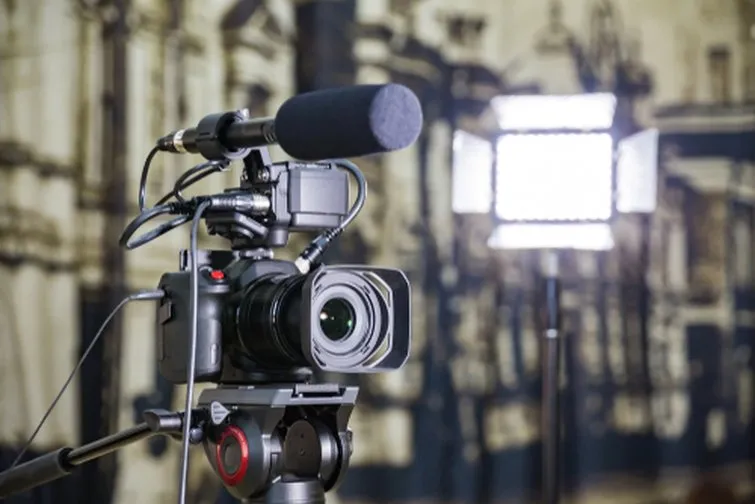
Crew Size and Roles in Each Approach
Traditional videography often involves one or two videographers who handle all aspects of capturing the day. Their focus is on being in the right place at the right time to document key moments.
Cinematic wedding filmmaking typically involves:
- Lead cinematographer who directs the overall visual approach
- Second cinematographer capturing alternative angles and complementary footage
- Dedicated audio engineer ensuring perfect sound capture
- Sometimes additional assistant(s) managing equipment and logistics
This team approach allows for more comprehensive coverage and creative shot design, resulting in footage that offers multiple perspectives and greater visual variety.
How Shooters Interact with Guests Differently
The traditional videographer typically maintains a strictly observational role, focusing on recording events with minimal interaction or direction.
Cinematic filmmakers often take a more intentional approach, which might include:
- Providing gentle direction for optimal lighting and composition
- Creating moments for authentic interaction rather than posed shots
- Communicating with the couple throughout the day about special opportunities
- Coordinating with photographers to ensure both teams capture key moments optimally
This more engaged approach doesn’t mean being intrusive. The best wedding filmmakers know how to direct just enough to capture beautiful footage while remaining respectful of the authentic flow of your day.
Audio Quality: A Critical Distinction
One of the most significant differences between traditional videos and cinematic films—yet often the most overlooked by couples—is the approach to audio capture and design.
Professional Audio Capture Techniques in Cinematic Films
In cinematic wedding filmmaking, audio isn’t an afterthought—it’s a critical component of storytelling:
- Multiple professional microphones are strategically placed to capture different audio sources
- Dedicated audio recorders separate from cameras ensure optimal sound quality
- Wireless lavalier microphones on the couple and officiant capture ceremony vows clearly
- Backup audio systems prevent catastrophic audio loss
- Professional mixing during post-production ensures perfect audio balance
These technical approaches result in crystal-clear vows, speeches, and ambient sounds that immerse viewers in the experience of your day.

How Sound Design Enhances Emotional Impact
Cinematic wedding films use sophisticated sound design techniques to enhance emotional impact:
- Layering of different audio elements (music, dialogue, ambient sound)
- Strategic use of natural sound to enhance key moments
- Thoughtful audio transitions that guide the emotional journey
- Volume dynamics that emphasize important moments
- Careful balancing of music and spoken word
The result is an immersive audio experience that works in harmony with the visuals to evoke emotion and enhance storytelling.
Voice Overlays and Music Licensing Considerations
A hallmark of cinematic wedding films is the creative use of voice overlays—selected portions of vows, toasts, or letters that provide narrative context and emotional depth. These carefully chosen spoken words become the backbone of the film’s storytelling approach.
Music selection is equally important. While traditional videos might use royalty-free tracks or even popular songs (often risking copyright issues), cinematic wedding films typically feature:
- Licensed music from professional platforms ensuring legal usage
- Tracks selected specifically to match the emotional arc of your film
- Sometimes custom compositions created specifically for your wedding film
- Professional mixing to ensure perfect balance with other audio elements
At Wedding Films Co, we maintain licenses with premium music libraries that offer emotionally powerful tracks specifically designed for wedding films, ensuring your film sounds as beautiful as it looks.
Color Grading and Visual Aesthetics
Another key difference between traditional videos and cinematic films lies in how the footage is processed to create the final look.
The Art of Color Correction vs. Creative Color Grading
Traditional wedding videos typically undergo basic color correction—a process that adjusts exposure, white balance, and contrast to create technically accurate colors throughout the video.
Cinematic wedding films, however, receive creative color grading—an artistic process that goes beyond technical correction to establish a cohesive visual style. This might include:
- Creating a specific color palette that complements your wedding design
- Enhancing certain colors while subduing others for emotional effect
- Adjusting skin tones for a flattering, consistent look throughout the film
- Creating a distinctive visual mood that enhances storytelling
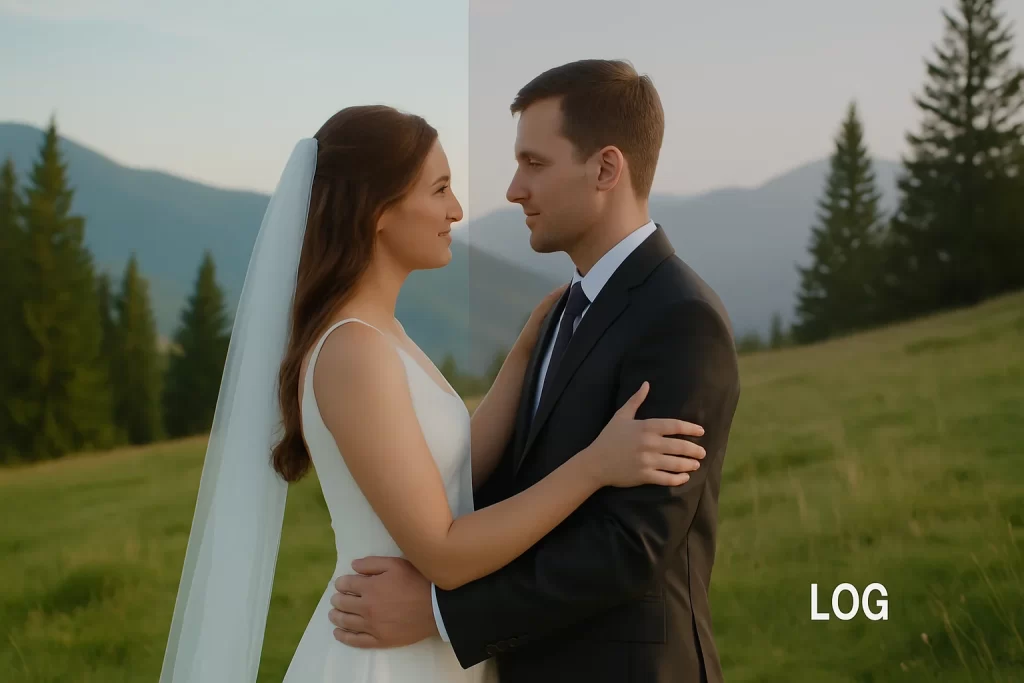
How Film-Like Aesthetics Are Achieved
Cinematic wedding filmmakers employ various techniques to create footage that resembles motion pictures rather than video:
- Shooting at 24 frames per second (the standard for cinema) rather than higher frame rates
- Using cinema lenses that create a specific quality of focus and bokeh (background blur)
- Employing lighting techniques inspired by feature filmmaking
- Utilizing camera movements that feel intentional and motivated
- Creating depth through thoughtful composition and lens choices
These techniques combine to create footage that has a timeless, film-like quality rather than a video-like appearance.
The Impact of Visual Consistency on Viewing Experience
Perhaps the most noticeable difference for viewers is the visual consistency throughout a cinematic wedding film. While traditional videos might have varying exposure, white balance, and color between different parts of the day, cinematic films maintain a cohesive look from beginning to end.
This consistency creates a more immersive viewing experience, allowing viewers to focus on the emotional content rather than being distracted by technical inconsistencies. The result is a film that feels unified and professional—more like a short film than a compilation of footage.
Storytelling Techniques in Wedding Films
The heart of cinematic wedding filmmaking lies in its approach to storytelling—transforming a chronological event into a narrative that captures the essence of your relationship and celebration.
Non-Linear Editing Approaches
Unlike traditional videos that follow chronological order, cinematic wedding films often employ non-linear editing. This approach:
- Arranges moments based on emotional impact rather than chronological sequence
- Creates thematic sections that group related moments from different parts of the day
- Uses flashbacks or flash-forwards to create context and emotional resonance
- Builds to emotional high points regardless of when they occurred during the day
This technique allows filmmakers to create a more engaging narrative arc that captures attention and evokes emotion throughout the viewing experience.

Character Development and Narrative Arcs
Cinematic wedding films approach your celebration as a story with characters, development, and emotional arcs:
- The couple’s relationship journey becomes a central narrative thread
- Family dynamics and friendships are developed through carefully selected moments
- Key personalities are introduced and revealed through their natural interactions
- The film builds toward emotional peaks and resolutions
This character-driven approach creates a film that feels personal and meaningful, capturing not just what your wedding looked like, but who you are as individuals and as a couple.
How Personal Stories Are Woven Throughout
What truly sets cinematic wedding films apart is how they incorporate your unique story into the fabric of the film:
- Personal vows become narrative threads that tie different visuals together
- Meaningful locations or objects are highlighted to reveal their significance
- Family traditions or cultural elements are given context through visual storytelling
- Inside jokes and personal moments are captured and highlighted
- Relationships between key people are revealed through natural interactions
At Wedding Films Co, we spend time getting to know each couple before their wedding day, understanding the unique elements of their relationship and celebration that should be highlighted in their film. This preparation allows us to recognize and capture the moments that will be most meaningful years later.
Investment Differences and What Drives Costs
Understanding the differences in approach helps explain the typical investment difference between traditional wedding videos and cinematic wedding films.
Why Cinematic Films Typically Require Higher Investment
Several factors contribute to the higher investment typically associated with cinematic wedding films:
- Professional-grade cinema equipment costs significantly more than standard video equipment
- Multiple skilled professionals (cinematographers, audio engineers) rather than a single videographer
- Extensive post-production time (often 30-60 hours for a single film)
- Music licensing fees for premium soundtracks
- Advanced technical training and artistic expertise
- Business costs associated with maintaining professional-level service
The investment difference reflects not just the quality of the final product, but the expertise, equipment, and time required to create a truly cinematic experience.
The Value of Artistic Approach and Specialized Equipment
The investment in cinematic wedding filmmaking translates to tangible differences in your final film:
- Smoother, more stable footage from professional stabilization systems
- Superior low-light performance during evening receptions
- Significantly better audio quality during ceremonies and speeches
- More dynamic range, preserving details in both highlights and shadows
- Creative shot design that elevates ordinary moments
- Emotional pacing that keeps viewers engaged
These technical advantages combine with artistic storytelling to create a film that remains emotionally impactful and visually relevant for decades.
Long-Term Satisfaction Factors to Consider
When evaluating your wedding film investment, consider these long-term factors:
- How often you’ll watch your wedding film in the years to come
- Who else will value seeing this film (children, family members)
- The emotional value of capturing voices and movements of loved ones
- How the film will represent your wedding to those who couldn’t attend
- The artistic quality you’ll appreciate when watching years later
- The professional service experience throughout the process
Many couples who initially hesitated at the investment in cinematic wedding filmmaking later share that it became one of their most valued wedding decisions, particularly as time passes.
How to Choose What’s Right for You
With an understanding of the differences between traditional videos and cinematic films, how do you determine which approach is right for your wedding?
Questions to Ask Potential Videographers
When interviewing potential videographers or filmmakers, consider asking:
- “Can you describe your storytelling approach?”
- “How would you define your style—documentary, cinematic, or somewhere in between?”
- “What does your audio capture process look like?”
- “How many team members will be present on our wedding day?”
- “Can we see a full wedding film, not just highlights?”
- “What is your process for getting to know our story before the wedding?”
- “How do you determine what moments to include in our final film?”
- “What is your typical delivery timeline?”
The answers will reveal not just their approach, but how thoughtfully they’ve developed their craft.
Aligning Your Choice with Your Priorities and Personality
Consider what matters most to you when deciding between approaches:
- Do you value artistic interpretation or comprehensive documentation?
- Are you looking for a film to share widely or primarily for personal archives?
- Is audio quality (hearing vows and speeches clearly) a top priority?
- Do you prefer natural, unposed moments or are you comfortable with light direction?
- Is having a cohesive “look” important to your final film?
- What kind of viewing experience do you want years after your wedding?
Your answers to these questions will help clarify which approach aligns with your vision and expectations.
Understanding Deliverables and Managing Expectations
Finally, ensure you clearly understand what you’ll receive with either approach:
- Final film length and format
- Delivery timeline
- Revision policy
- Music licensing information
- Long-term access options (digital files, physical media, online hosting)
- Raw footage availability and format (if included)
- Social media-friendly versions
Clear communication about deliverables helps manage expectations and ensures you’re comparing similar offerings when evaluating different professionals.
Conclusion
The difference between a traditional wedding video and a cinematic wedding film goes far beyond semantics—it represents fundamentally different approaches to preserving your wedding memories. Neither approach is inherently “better” than the other; rather, they serve different priorities and preferences.
The Lasting Impact of Choosing a Cinematic Approach
Choosing a cinematic approach means investing in:
- A storytelling perspective that captures the emotional essence of your day
- Superior technical quality in visuals and audio
- Artistic interpretation that creates an engaging viewing experience
- A film that feels timeless rather than dated as years pass
- An heirloom that conveys not just what happened, but how it felt to be there
These qualities create a wedding film that remains engaging and emotionally impactful decades after your celebration.
When a Traditional Video Might Be the Better Option
A traditional video approach might be preferable if:
- Comprehensive documentation is your primary concern
- You specifically want a longer, more complete record of your day
- Your budget doesn’t allow for the investment in cinematic filmmaking
- You prefer a strictly documentary approach with no direction
- Having extended footage of specific elements (full ceremony, complete speeches) is essential
Understanding these differences allows you to make an informed decision that aligns with your priorities.
See the Difference for Yourself
At Wedding Films Co, we specialize in creating cinematic wedding films that tell your unique love story with artistic vision and technical excellence. Our approach combines documentary authenticity with cinematic storytelling to create films that capture both the significant moments and subtle emotions of your celebration.
We believe your wedding film should be more than documentation—it should be a masterfully crafted story that grows more valuable with each passing year.
Ready to See the Cinematic Difference?
Visit our portfolio page to experience the difference cinematic wedding filmmaking can make. Then contact us to discuss how we can create a timeless film that tells your unique love story.
Your wedding deserves more than just video coverage—it deserves a cinematic story that captures the heart of your celebration.

